Returns Management is an integral part of modern supply chains, especially in the eCommerce sector where customer expectations for hassle-free returns are high. It refers to the strategic process of handling returned products – from authorization to transportation, inspection, and restocking. Efficient Returns Management not only minimizes operational costs but also enhances customer satisfaction and brand loyalty. As returns continue to impact profitability, having a structured approach is key to sustaining business growth and maintaining inventory integrity.
What is Returns Management? Definition
Returns management is the systematic handling of product returns from customers. It includes all stages of the return process—authorization, receiving, inspecting, and resolving—whether through refunds, replacements, or repairs.
Effective returns management is crucial for maintaining customer satisfaction and loyalty, as it directly impacts the overall shopping experience. In the context of eCommerce, where online shopping has become increasingly prevalent, managing returns efficiently is essential for businesses to minimize costs and maximize customer retention.

What is Returns Management in Ecommerce
In the realm of eCommerce, returns management plays a vital role in the reverse logistics supply chain. As online shopping continues to grow, so do return rates, making it imperative for retailers to develop effective strategies for managing returns. A well-structured returns management process helps streamline operations, reduce costs associated with returns, and enhance customer satisfaction. By analyzing return data, businesses can identify trends and reasons for returns, allowing them to improve product quality and customer service.
What is Return Management Software?
Return management software is a specialized tool designed to facilitate the returns process for eCommerce businesses. This software automates various aspects of returns management, such as generating return merchandise authorizations (RMAs), tracking returned items, and processing refunds or exchanges.
By utilizing return management software, businesses can improve efficiency, reduce manual errors, and provide customers with a seamless returns experience. Additionally, these systems often include analytics features that help businesses gain insights into return patterns, enabling them to make informed decisions about inventory and product offerings.
Why is Returns Management important for Ecommerce business?
Returns management is a critical component of any successful eCommerce business. As online shopping continues to grow, so does the volume of product returns, making it essential for retailers to have an effective returns management strategy in place. Here are several reasons why returns management is vital for eCommerce businesses:
- Enhances customer satisfaction: A well-managed returns process can significantly improve the customer experience. When customers know they can return products easily and without hassle, they are more likely to make a purchase. This trust can lead to increased customer loyalty and repeat business.
- Reduces costs: Efficient returns management helps minimize the costs associated with processing returns. By streamlining the returns process, businesses can reduce the time and resources spent on handling returns, which can positively impact overall profitability.
- Improves inventory management: Effective returns management allows businesses to track returned items accurately and manage inventory levels more efficiently. This insight helps prevent overselling and ensures that stock levels are maintained appropriately, which is crucial for meeting customer demand.
- Provides valuable insights: Analyzing return data can reveal trends and patterns that inform product development and marketing strategies. Understanding why products are returned can help businesses improve their offerings and reduce future return rates.
- Protects brand reputation: A smooth returns process reflects positively on a brand. Customers are more likely to share their positive experiences, which can enhance a company’s reputation and attract new customers. Conversely, a poor returns experience can lead to negative reviews and lost sales.

5 Components of Returns Management
Returns management is a multifaceted process that involves several key components to ensure a smooth and efficient handling of product returns. Here are the five essential components of returns management:
- Returns authorization and validation: This initial step involves establishing a clear process for customers to request returns. It includes validating the return request by checking the eligibility of the item based on the store’s return policy. This ensures that only valid returns are processed, which helps maintain inventory integrity and customer trust.
- Returns transportation: Once a return is authorized, the logistics of transporting the returned item back to the retailer must be managed. This includes generating shipping labels, coordinating pickups, and ensuring that the return is tracked throughout its journey. Efficient transportation minimizes delays and enhances the overall returns experience for customers.
- Inspection and evaluation: Upon receiving the returned item, it is crucial to inspect and evaluate its condition. This step determines whether the product can be restocked, repaired, or needs to be disposed of. Proper inspection helps in categorizing returns and making informed decisions about the next steps, which is vital for maintaining product quality and customer satisfaction.
- Refund and reimbursement: After the inspection, the next step is to process refunds or reimbursements for the customer. This may involve issuing a full or partial refund, providing store credit, or facilitating an exchange. Timely and accurate processing of refunds is essential for maintaining customer loyalty and trust.
- Inventory replenishment: Finally, effective returns management includes updating inventory levels to reflect the returned items. This ensures that stock levels are accurate and helps prevent stockouts or overstock situations. By efficiently managing inventory replenishment, businesses can optimize their supply chain and improve operational efficiency.

Returns Management Process: How does it work?
The returns management process is a crucial aspect of eCommerce that ensures a smooth and efficient handling of product returns. It involves several key steps that help businesses manage returns effectively while maintaining customer satisfaction. Here’s how the returns management process typically works:
- Return authorization: The process begins when a customer initiates a return request. The retailer reviews the request based on their return policy and issues a return merchandise authorization (RMA) if the return is valid. This step is essential for verifying that the item meets the criteria for return, such as being within the return window and in acceptable condition.
- Return transportation: Once the return is authorized, the next step involves arranging for the return shipment. This may include providing the customer with a prepaid shipping label or instructions on how to send the item back. Efficient logistics are crucial here to ensure that the item is returned promptly and tracked throughout its journey back to the retailer.
- Inspection and evaluation: Upon receiving the returned item, the retailer inspects it to assess its condition. This evaluation determines whether the product can be restocked, repaired, or needs to be disposed of. Proper inspection helps categorize returns and informs the retailer about potential issues with the product, which can be valuable for future improvements.
- Refund and reimbursement: After the inspection, the retailer processes the refund or reimbursement for the customer. This could involve issuing a full refund, providing store credit, or facilitating an exchange for a different product. Timely processing of refunds is critical for maintaining customer trust and satisfaction.
- Inventory replenishment: Finally, the returns management process includes updating inventory records to reflect the returned items. This step ensures that stock levels are accurate and helps prevent stockouts or overstock situations. Efficient inventory management is essential for optimizing supply chain operations and meeting customer demand.
Tips to Optimize Returns Management
Optimizing returns management is essential for enhancing customer satisfaction and improving operational efficiency in eCommerce. Here are some effective tips to streamline your returns process:
- Simplifying return approvals: Establish a clear and straightforward return approval process. By making it easy for customers to understand the requirements and steps for returning items, you can reduce confusion and expedite the approval process, leading to a better customer experience.
- Optimizing return shipping: Implement efficient shipping solutions for returns. Providing prepaid return labels and offering multiple return shipping options can simplify the process for customers and reduce the time it takes for items to be returned.
- Automating inspections: Utilize technology to automate the inspection process of returned items. Automated systems can quickly assess the condition of products, categorize them, and determine the appropriate next steps, which saves time and reduces manual errors.
- Speeding up refunds: Ensure that refunds are processed quickly and efficiently. Customers appreciate prompt refunds, and speeding up this process can significantly enhance their satisfaction and trust in your brand.
- Restocking efficiently: Develop a streamlined process for restocking returned items. Quickly updating inventory levels and ensuring that products are ready for resale can help maintain optimal stock levels and prevent lost sales opportunities.
- Using data to guide decisions: Leverage data analytics to gain insights into return trends and customer behavior. Analyzing this data can help you identify common reasons for returns and inform product improvements, ultimately reducing return rates.
- Improving customer satisfaction: Focus on creating a hassle-free returns experience. Clear communication, easy-to-follow instructions, and responsive customer service can significantly enhance customer satisfaction and encourage repeat business.
- Rewarding loyal returners: Consider implementing a rewards program for customers who frequently return items. Offering incentives for exchanges or store credit can encourage loyalty and turn potential losses into opportunities for future sales.

Returns Management and Reverse Logistics: Key Difference
Understanding the distinction between returns management and reverse logistics is essential for optimizing supply chain operations. While both processes deal with the return of products, they serve different purposes and involve different scopes of activities.
What is Reverse Logistics?
Reverse logistics refers to the process of moving goods from their final destination back to the manufacturer or seller for the purpose of return, repair, remanufacturing, recycling, or disposal. This process encompasses all activities related to the return of products, including handling defective items, managing excess inventory, and processing returns due to customer dissatisfaction. Essentially, reverse logistics is about reclaiming value from products that are no longer in the hands of the consumer.
Returns Management vs. Reverse Logistics
While returns management is a component of reverse logistics, it focuses specifically on the process of handling product returns initiated by customers. Returns management involves several key activities, including:
- Return authorization: Validating and approving return requests based on company policies.
- Processing returns: Managing the logistics of getting the returned items back to the warehouse.
- Inspection and evaluation: Assessing the condition of returned products to determine their next steps.
- Refunds and reimbursements: Handling customer refunds or exchanges efficiently.
- Inventory management: Updating stock levels and preparing items for resale or disposal.
Should You Outsource Returns Management to a Third Party?
Outsourcing returns management to a third-party logistics provider (3PL) can be a strategic decision for many eCommerce businesses. Here are some compelling reasons to consider this option:
- Expertise and efficiency: 3PLs specialize in logistics and returns management, which means they have the experience and systems in place to handle returns efficiently. This expertise can lead to faster processing times and improved customer satisfaction.
- Cost savings: By outsourcing, businesses can reduce labor costs associated with hiring and training staff for returns processing. Additionally, 3PLs often have established relationships with shipping carriers, allowing them to negotiate better rates, which can further lower overall logistics costs.
- Scalability: As your business grows, so do your return volumes. A 3PL can easily scale operations to accommodate increased returns without the need for significant investment in infrastructure or personnel.
- Focus on core business: Outsourcing returns management allows businesses to concentrate on their core operations, such as product development and marketing, rather than getting bogged down in the complexities of returns processing.
- Technology integration: Many 3PLs offer advanced technology solutions that can streamline the returns process, including automated tracking and reporting systems. This integration can enhance visibility and control over the returns process.

Returns Management Pricing
When considering outsourcing returns management, understanding the pricing structure is crucial. Here are some factors that typically influence returns management pricing:
- Service fees: Most 3PLs charge service fees based on the volume of returns processed. This can include fees for receiving, inspecting, and restocking returned items. The more returns you have, the higher the fees may be, but this is often offset by the savings gained from outsourcing.
- Shipping costs: Outsourcing may also involve shipping costs for returning items to the 3PL’s facility. However, many 3PLs can provide discounted shipping rates due to their volume, which can help mitigate these costs.
- Technology fees: If the 3PL uses specialized software for returns management, there may be additional fees associated with accessing these systems. However, the benefits of improved efficiency and data insights often justify these costs.
- Contract terms: Pricing can also vary based on the contract terms negotiated with the 3PL. Long-term contracts may offer lower rates, while short-term agreements could be more expensive. It’s essential to evaluate your business needs and negotiate terms that align with your goals.
Simplified and Optimized Returns Management with Keys Logistics
At Keys Logistics, we simplify and optimize your entire Returns Management process with a technology-driven, customer-centric approach. Our integrated system handles every step – from return authorization, transportation, inspection, to restocking – ensuring faster turnaround and lower costs.
With advanced tools like AfterShip for real-time tracking, ShipHero for fulfillment automation, and Tableau for return analytics, we minimize errors and maximize visibility. Whether you’re managing high-volume eCommerce returns or seeking to enhance customer satisfaction, our tailored solutions help you turn returns into opportunities for growth.
In conclusion, mastering Returns Management is vital for any eCommerce business striving to stay competitive and customer-focused. From automating inspections to using return data for smarter decisions, optimizing this process can unlock both operational efficiency and improved customer experience. Investing in a reliable returns strategy today sets the foundation for tomorrow’s success.
Looking to streamline your eCommerce returns? Keys Logistics offers scalable Returns Management solutions tailored for modern retailers. Contact us to learn more.


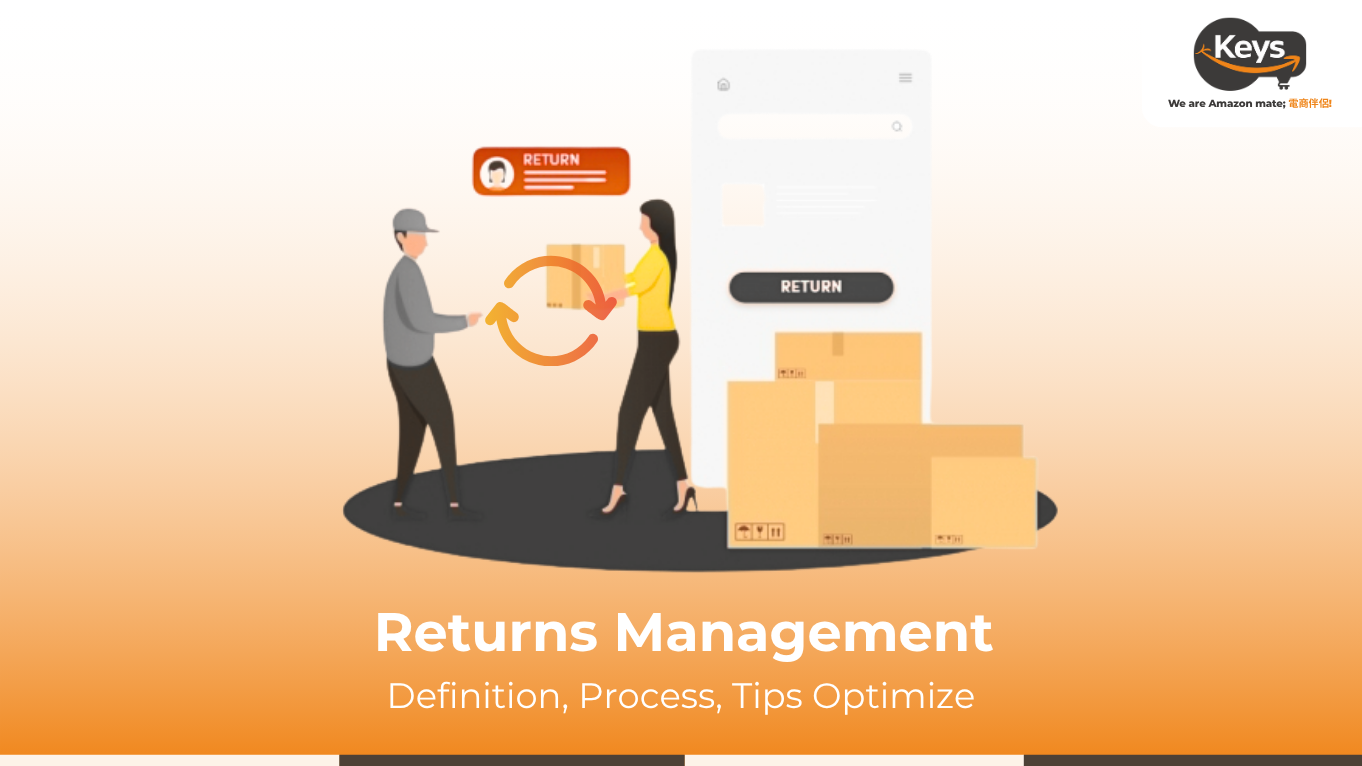
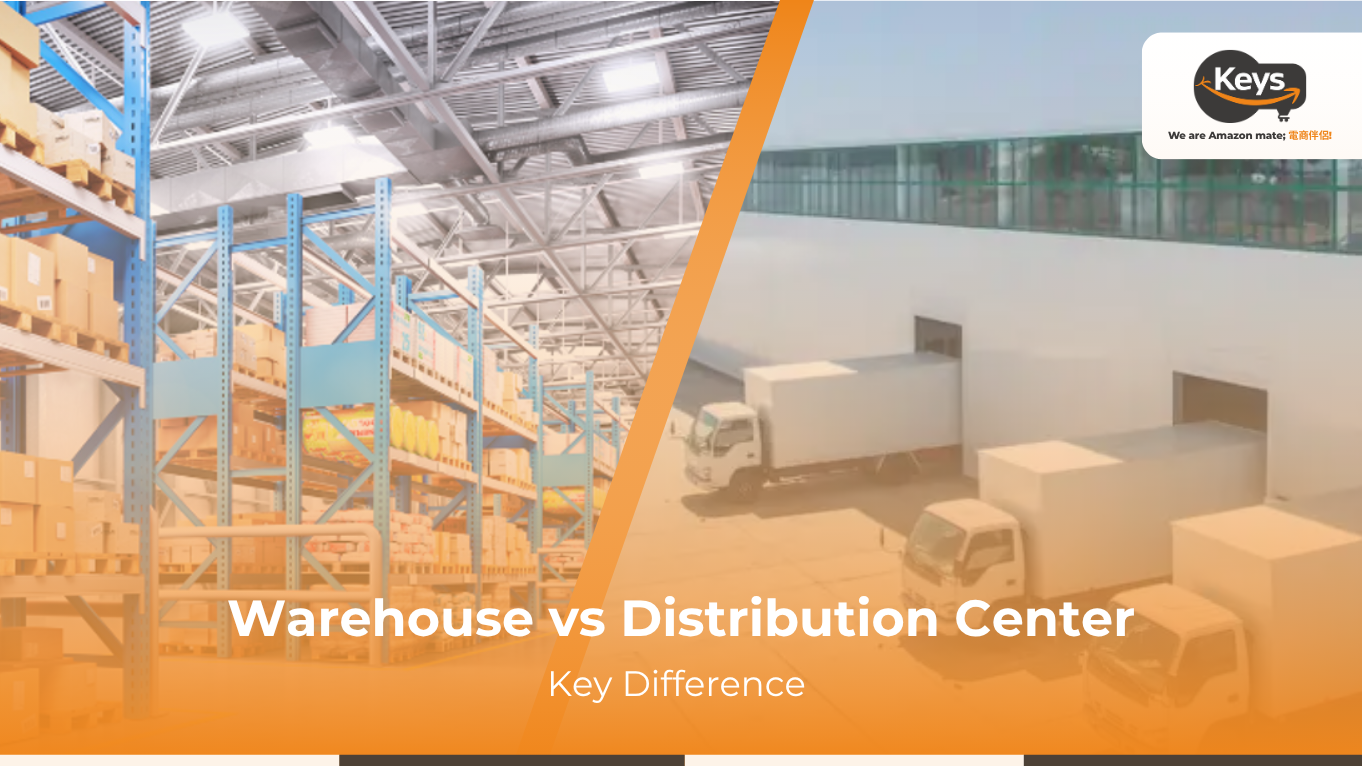
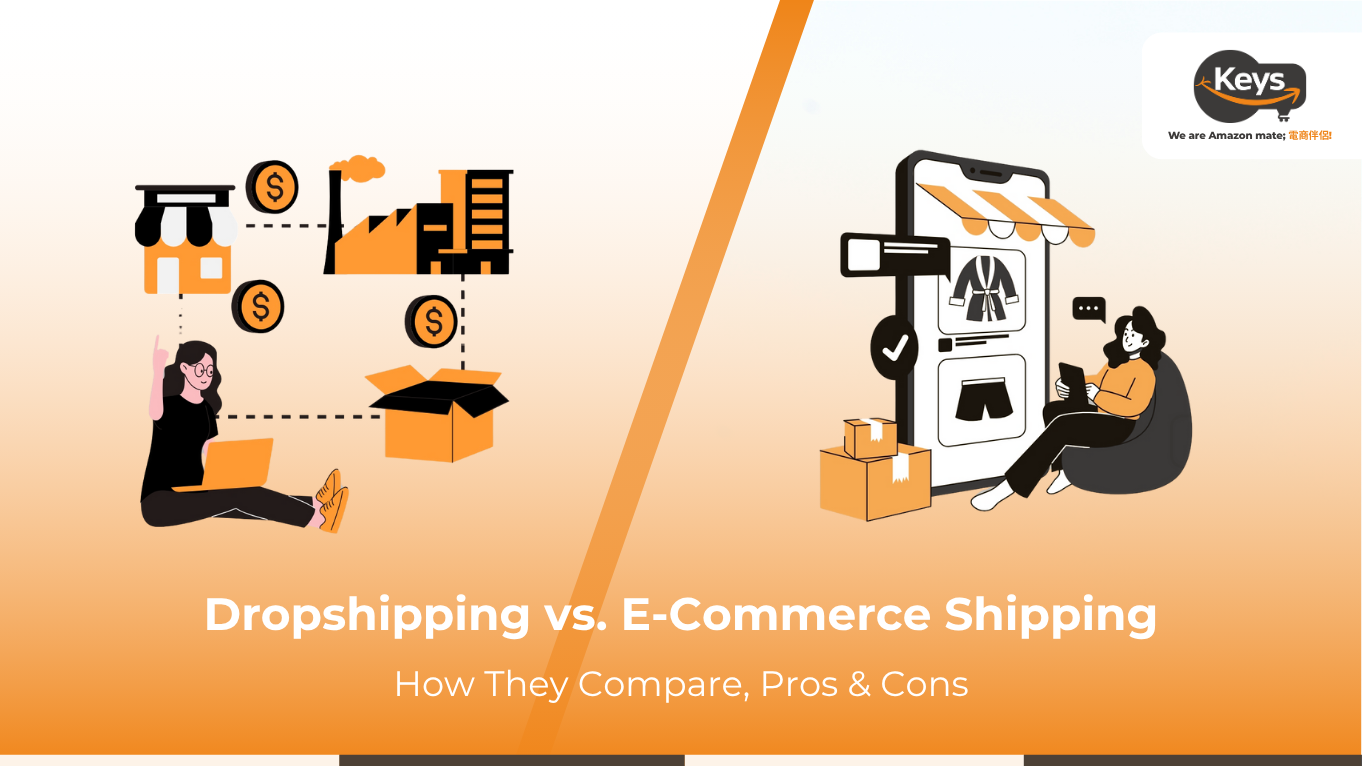
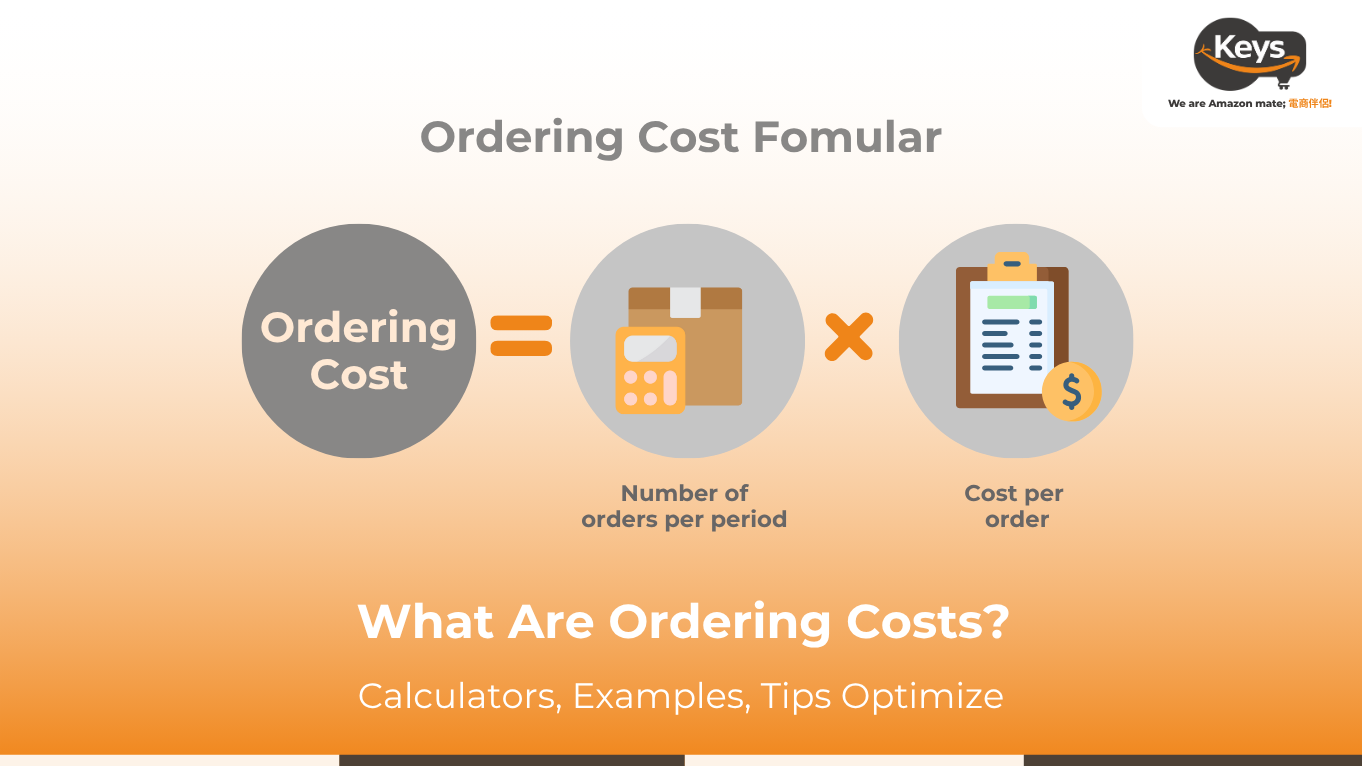
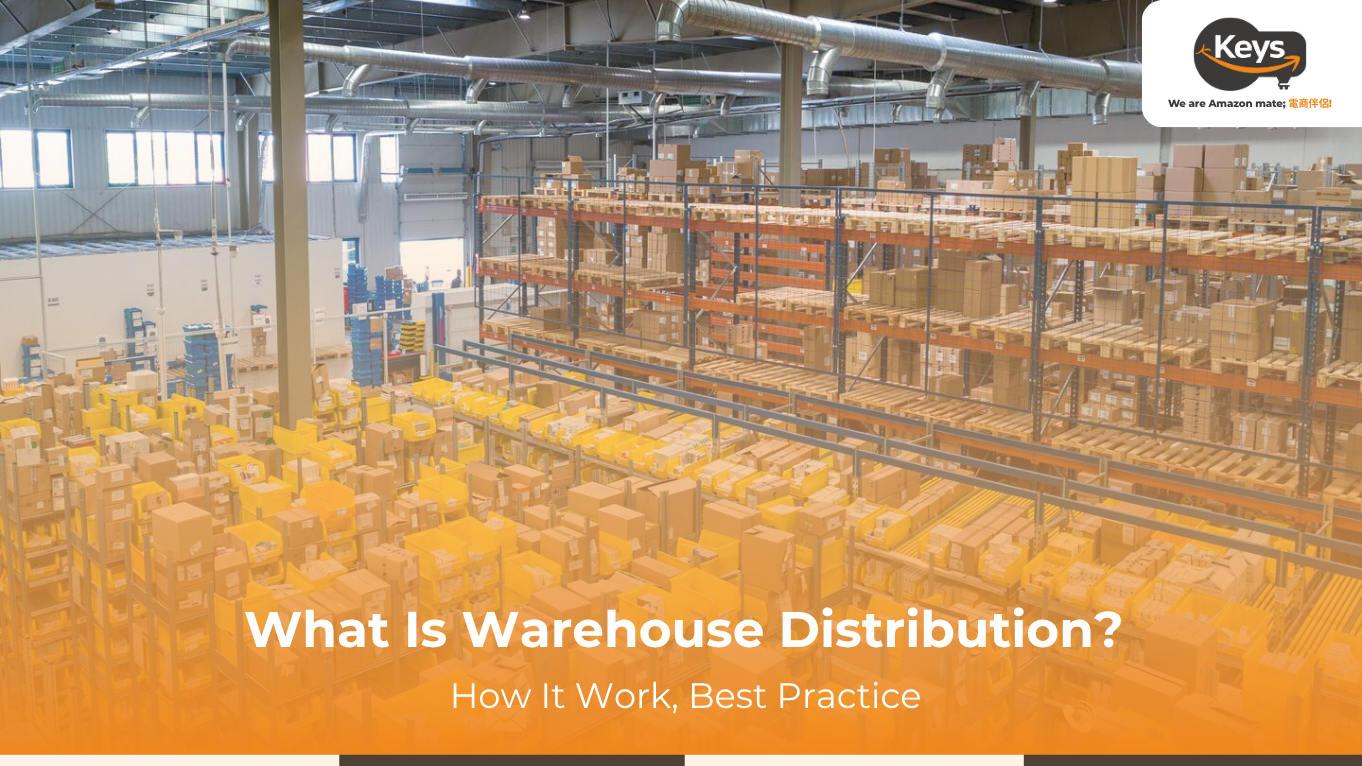
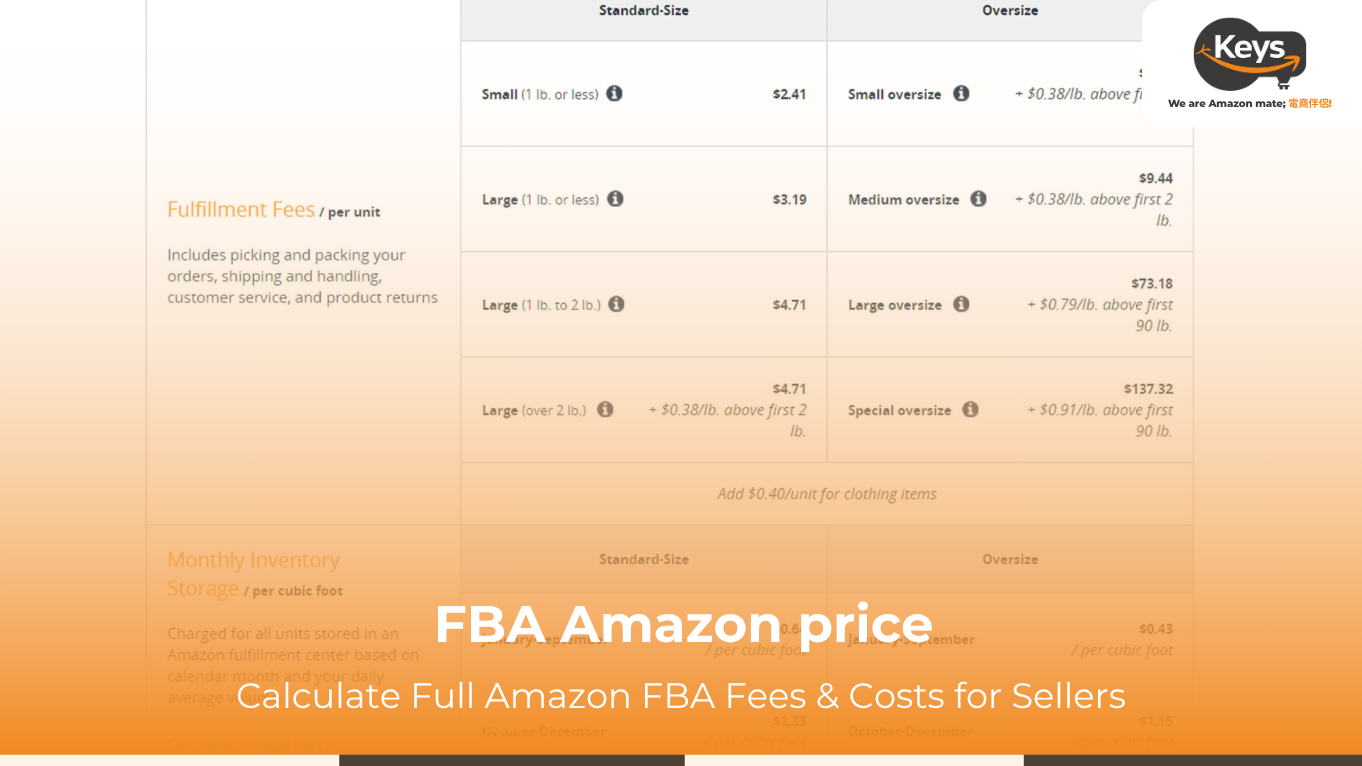



 Tiếng Việt
Tiếng Việt 中文 (中国)
中文 (中国)

